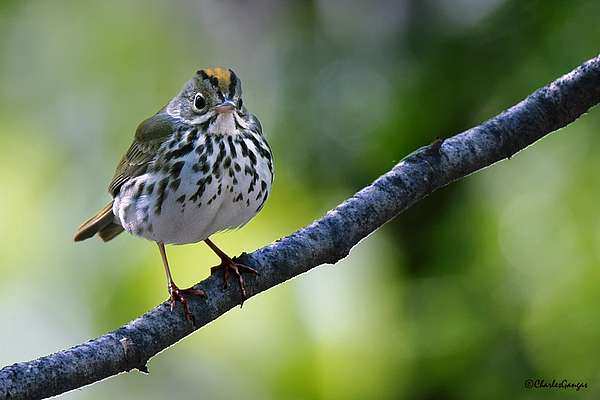One of the yearly traditions of the Summer Naturalist Program is learning about animal homes and habitats activities with local school groups. Given the circumstances of this season, we wanted to make our lesson plan and some activity worksheets available for students and their families to investigate on their own, either at home or on outings to SLT properties. Match animals to their homes, play a word search, and look for habitats!
Essential Materials:
- Curiosity!
Optional Materials:
- Binoculars (you can also make some from cardboard tubes!)
- Activity Sheets
- Magnifying glass, critter observation container, supplies for making animal homes (see bottom of page)
Key Points and Questions:
An animal’s habitat is it’s home, just like we have homes. What do we need in our homes?
A habitat has everything the animal needs: food, water, shelter, and space.
Some animals make their own nests or burrows to live in or raise their babies, others use what is already there. Some animals, such as beavers, may change a whole ecosystem to create their home.
While exploring animal habitats, it’s important to respect the animals that might live there. This means putting things back where we find them and using our hands gently.
Finding Habitats:
If possible, walk around the neighborhood or visit an SLT property to find diverse habitats, such as forests, fields, ponds or streams. Habitats can be big or small -- even right outside of our own homes, we can find animal habitats by looking under rocks or on leaves. There are many different kinds of habitat, just as there are many different kinds of animals.
Some questions to think about when investigating a habitat:
What does the habitat look like?
What kinds of food, space, and shelter are available?
What animals might live here? Look for animals or animal sign.
If any animals or signs are found, think about why the animal lives there and what their homes provide for them. Think about locations, and sizes and shapes of nests or burrows. If applicable, finding animals, eggs, or nests could lead to further discussion of life cycles and habitat needs.
Get Creative at Home:
There are plenty of ways to explore habitats by getting hands-on at home, including:
-Providing bird nesting materials. Learn what is safe to provide and ideas for offerings.
-Making a “bug hotel” to keep outside and observe.
-Building a habitat to take inside.
